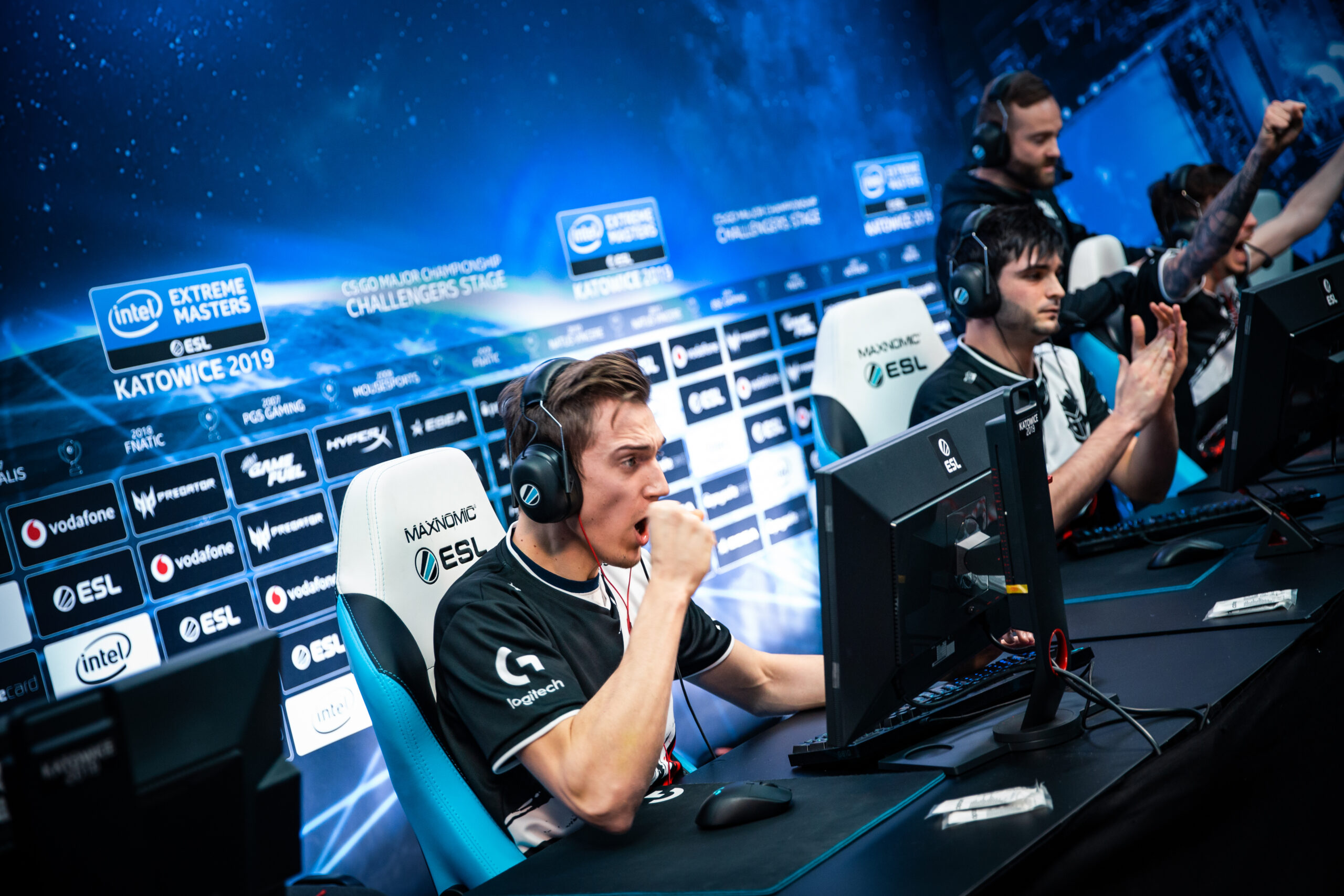For centuries, Katowice was a mining town. The first settlers were craftsmen in the 18th century, who arrived in the lowlands of Southern Poland after hearing rumors of the rich coal deposits hidden in the dirt. Walk around the city today, and you can see those roots. Massive, turquoise-steel mines dot the horizon, all propped up in the strong, Stalinist style that still permeates every corner of Eastern Europe. Downtown, the Katowician pride and joy looms large; Spodek Arena, built in 1972 on the remnants of an old mineral dumping ground. It looks like a dormant flying saucer waiting to take off, and for generations, it hosted the concerts, conventions, and hockey matches that passed through the burg.
Today, that arena is best known as the home of Intel Extreme Masters (IEM) Katowice, one of the most prestigious Counter-Strike tournaments in the world. Every year, teams fly in from North America, South America, Asia, Africa, and Europe to compete for esports fame and a $1 million prize pool. To an outsider, it is genuinely bewildering to be in a minor Polish municipality, with a population of 294,000, surrounded by twentysomethings and teenagers who ate a layover in Frankfurt in order to watch the action live. (As you may expect, there aren’t a lot of international airlines that fly direct to Katowice.) The city is all gray skies and towering tenements, but for a few weeks in February, it’s also the Counter-Strike capital. This year’s tournament, in which Team Astralis took first place for the second year in a row, attracted 174,000 visitors. Last year, The Esports Observer reported that IEM generated Katowice $24.5 million (or €22 million) in advertising value. The little mining town has hitched its wagon to esports, in the hopes that it can transform its center of industry.

Unlock premium content and VIP community perks with GB M A X!
Join now to enjoy our free and premium membership perks.
![]()

![]()